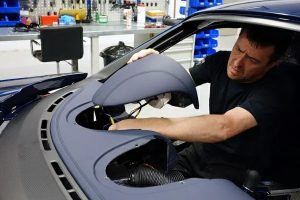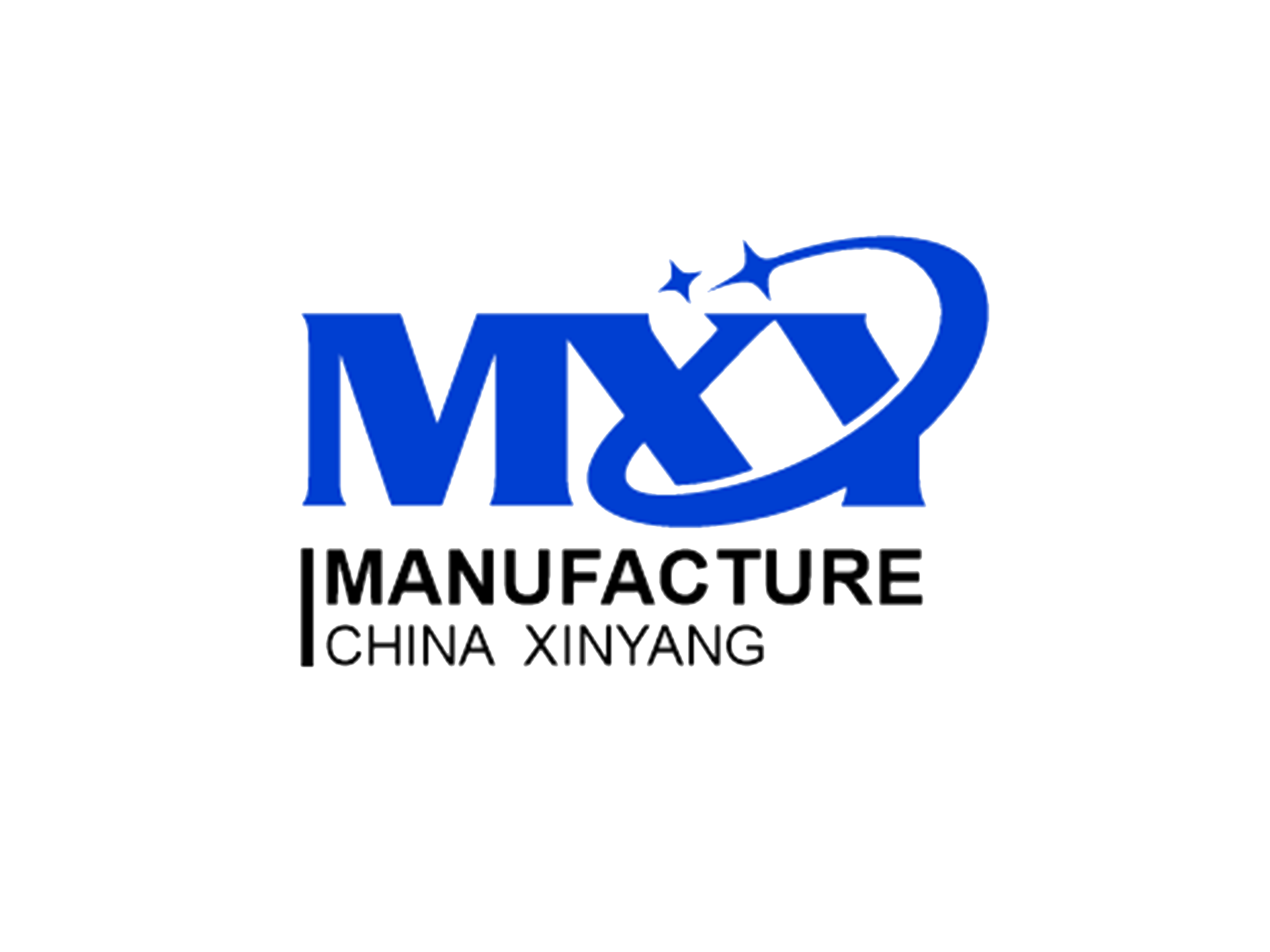
Automotive Prototyping And Parts Manufacturing
We have expertise in automotive prototyping and parts manufacturing, providing a comprehensive range of services. This enables us to enhance our understanding and expertise in this industry. Whether it’s developing proof of concept designs or conducting mechanical component engineering tests, or even producing exterior lighting prototypes and interior parts, we are fully equipped to assist at every stage.
Why Prototyping In The Automotive Industry?
The automotive sector is an extensive and intricate industry that necessitates regular design revisions and novel design advancements in response to market demands. Nevertheless, the automotive design and development cycle is a protracted procedure, making rapid and efficient prototyping an indispensable link. Automotive prototyping plays a crucial role in validating the initial product design before proceeding to the final production phase.
The process of prototyping assists design teams in determining how to create new designs that resonate with consumers and demonstrate their worth, how to efficiently and effectively communicate ideas and refine designs with stakeholders and project teams, and how to validate and assess functionality while evaluating part manufacturing processes.

Our expertise lies in automotive prototyping and manufacturing auto parts. We are eager to enhance your experience, and by partnering with WayKen, you will discover the most suitable process that aligns with your requirements and product specifications.
What Is The Role Of Prototyping In Automotive Design And Development Process?
In reality, the process of automotive prototype manufacturing encompasses every stage of the automotive design and development cycle. This includes validating the proof of concept, creating visualizations of the CAD digital model, verifying the structure and performance, conducting function and engineering tests, and even validating the manufacturing and production process.

Concept Prototype and CAD Digital Model
Automotive designers employ clay models as scale prototypes to materialize their concepts for tangible objects. Subsequently, they utilize reverse engineering techniques to scan these models and obtain CAD models, thereby enhancing the designs. This iterative process of exchanging ideas and prototypes facilitates a comprehensive comprehension of the user experience, benefiting designers. Moreover, it serves as an effective means of external communication with clients and stakeholders, as well as internal collaboration within the team, fostering support for novel ideas.
Structure and Function Verification
Automotive engineers commonly term this stage as the “mule stage”. In this phase, engineers develop a sequence of functional prototypes for automobiles, primarily utilized to verify the compatibility of components and gather data on their usage functions. This process enables them to assess the feasibility of the structure’s size and installation convenience. Moreover, it facilitates the examination of how the prototype components integrate with the vehicle and interact with other parts, aiding in the evaluation of design, materials, strength, tolerances, assembly, working mechanisms, and manufacturability. Consequently, this approach allows for the early identification and resolution of potential issues.


Engineering Testing and Pilot Production Run
To achieve the various functions of an automotive prototype, a series of tests are necessary. These tests encompass aerodynamic testing, man-machine engineering, mechanical properties, thermal properties, electrical properties, product service life, and safety standard testing.
Engineering test prototypes enable designers to quickly iterate their designs based on actual testing and feedback. This iterative process ensures that the prototypes meet the required performance, verification, testing, certification, and quality standards.
Prototype vehicles, equipped with test components, undergo different scenarios and endure extreme conditions to identify any issues that could hinder the product’s usability or pose significant safety risks to consumers.
Simultaneously, manufacturing low volume parts for pilot runs allows engineers to identify potential production problems and determine the most cost-effective manufacturing processes.
